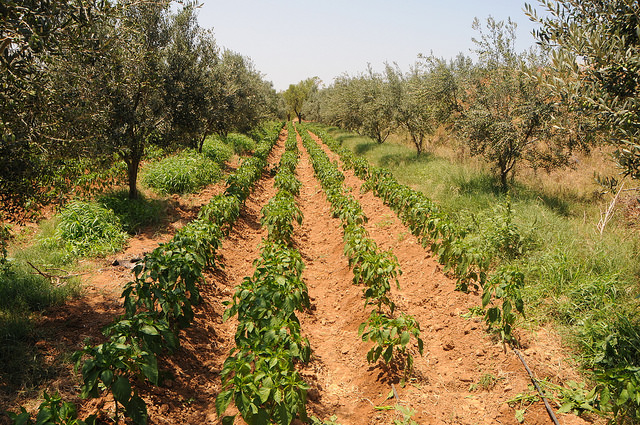
Africa’s top 10 most food-secure countries
Finding enough to eat has been an ages-old challenge for Africans.
Against a physical environment often hostile to agricultural and pastoral activity – deserts, mountains and dense forests – the population explosion of the past century has made the goal of food security an ever more difficult accomplishment.
More and more people compete for a finite amount of agricultural production. However, political will by governments to prioritise food security, combined with use of new crop and food production technologies, has allowed some countries to break the chains of food insecurity.
There are several measures of a country’s food security situation, mostly health indicators. The percentage of malnourished children, included children suffering from stunting due to improper nutrition, provides a good snapshot of a country’s overall food situation. African countries have large divides between rich and poor, and childhood malnutrition is a measurement of how equitably a country’s most valuable commodity, food, is distributed.
The incident of obesity is rising among Sub-Saharan African countries as some grow more affluent. Middle class lifestyles tend to bring poor eating choices and less physical activity. However, the prevalence of obesity does not correspond with a country’s food security situation, and often extreme childhood stunting exists side by side in a country with increased adult obesity.
Read the full article and download the "The Africa Country Benchmark Report" via In On Africa.
[Photo by Citizen59 | Flickr]







